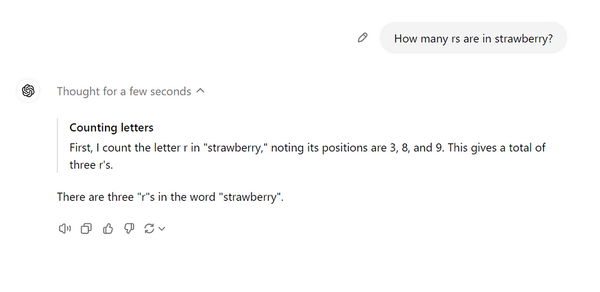AI-assisted writing through human-driven iteration

I've been using AI to augment my writing and editing for four years now. When people find out, the responses are always similar: a fine split between "You can't be a very good writer, then." and "How? I only get absolute trash back."
Merits of my writing aside—look, it pays the bills—AI is just a tool. Just as any other tool, you can use it in different ways. As a corollary to this, it can be used effectively and ineffectively.
The cracks within the system
I was fortunate that I was introduced to LLMs early. Because of this, I have a broader understanding of its failures. There is a rather insidious barrier to entry for those who were introduced through ChatGPT and similar products. The polish of these products gives the illusion that they can truly do more than they can.
What I see most frequently is that people place a broad prompt and then get tangled in arguing with the system:
"Write me a 400-word blog post about gardening."
"No, redo that blog post in first person."
"No, make sure that it's for someone in California."
With every complete overhaul, the system becomes more confused—and more surreal. But you wouldn't take a lathe, load it, and expect it to make a pen.
Similarly, AIs need guidance.
Building an iterative feedback loop
You could call my process human-assisted rather than AI-assisted. I provide guidance; the AI provides the work.
To get solid results I have a process under which I iterate through the project layer by layer. To put it simply:
- Brief: "Write me a brief for a blog post."
- Outline: "Using this brief, write me an outline for a blog post."
- Intro & Outro: "Using this outline, write the intro and outro for this blog post."
- Body: "Using this skeleton, write the entire blog post."
Critically, at every stage, I have edited the results that the AI tool has provided me with. So, I have tweaked the outline, the intro, and the outro, by the time the body is generated.
This is not as involved as it seems: I have a platform through which I do this. My edits only take a few minutes and are generally as simple as adding a header here and removing a header there. I also have style guides, brand voices, and tweaks to avoid that I use as automated fine-tuning.
But even that small amount of iterative feedback leads to an end product that is far closer to the original vision.
But what's the point, really?
You aren't going to create the next Hemingway novel in this fashion, of course. This type of AI generation is intended for pieces of content that are otherwise low stakes—of which there are many.
Writing with AI is, after a fashion, soulless. But there's a lot of soulless work out there. Do you really want to write the next email drip campaign? Is that your next masterpiece?
Or are we perhaps better off automating sales scripts and focusing on our next television pitch?
AI is here. It will make some things better and some things worse. But we can choose to embrace it on our terms.




